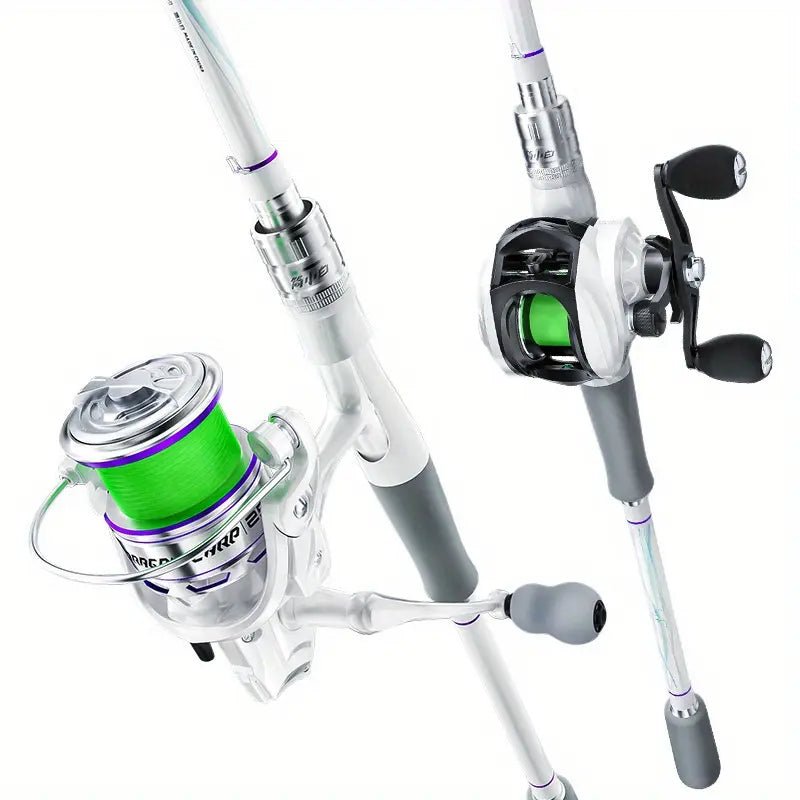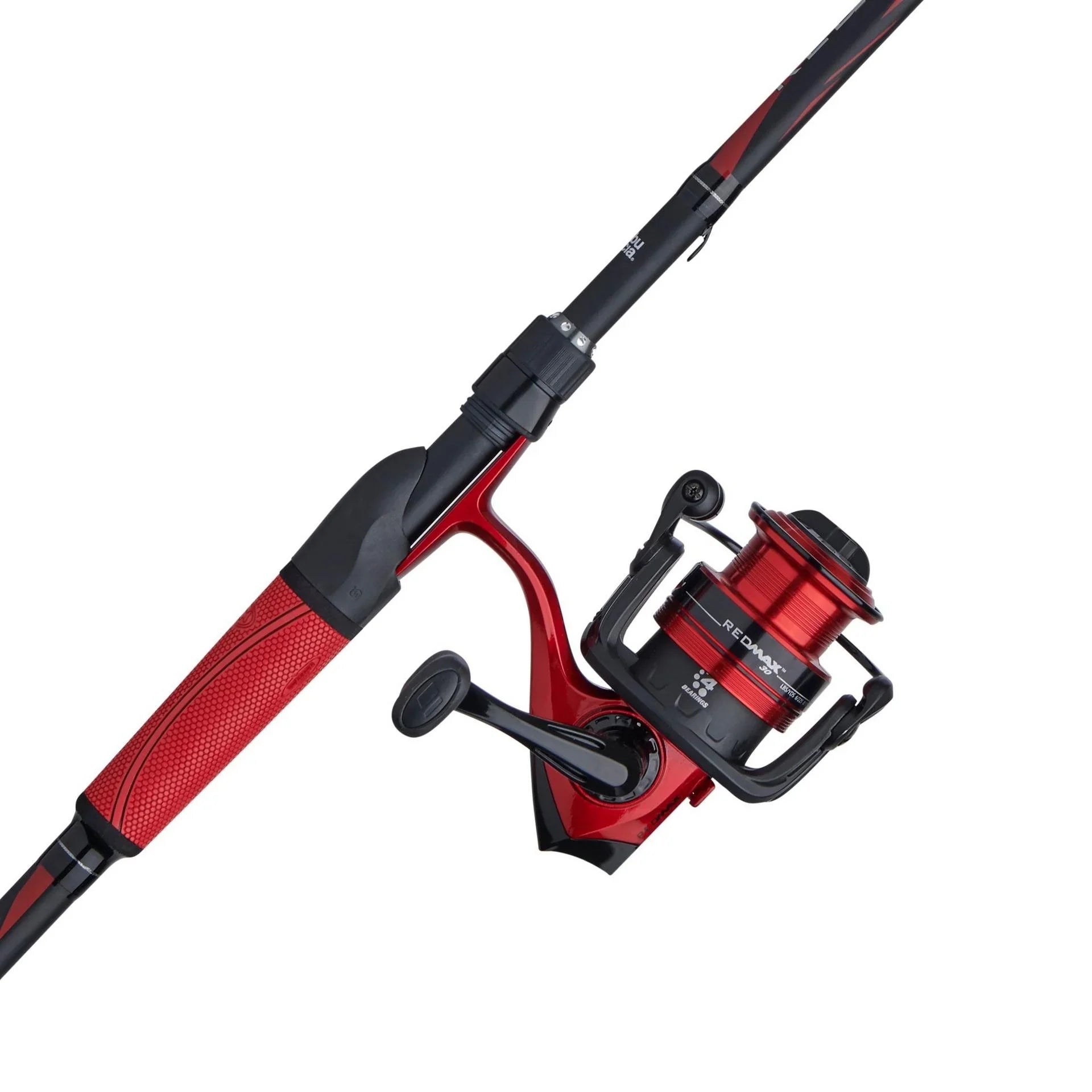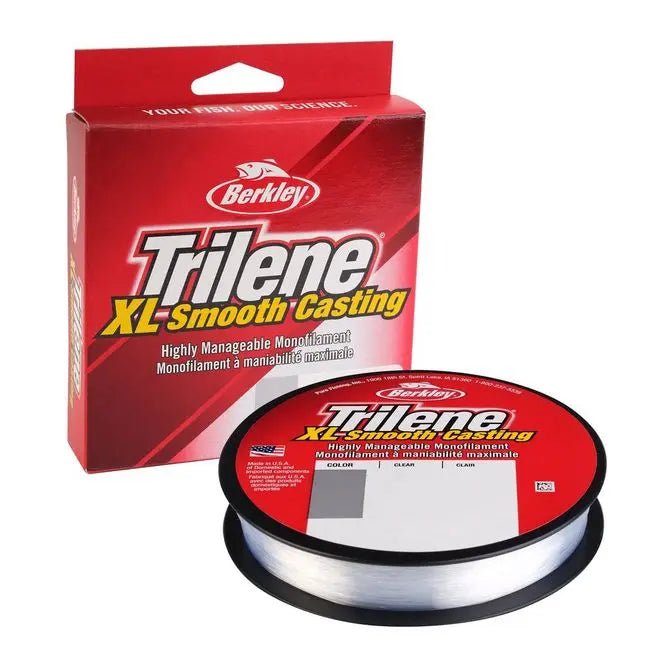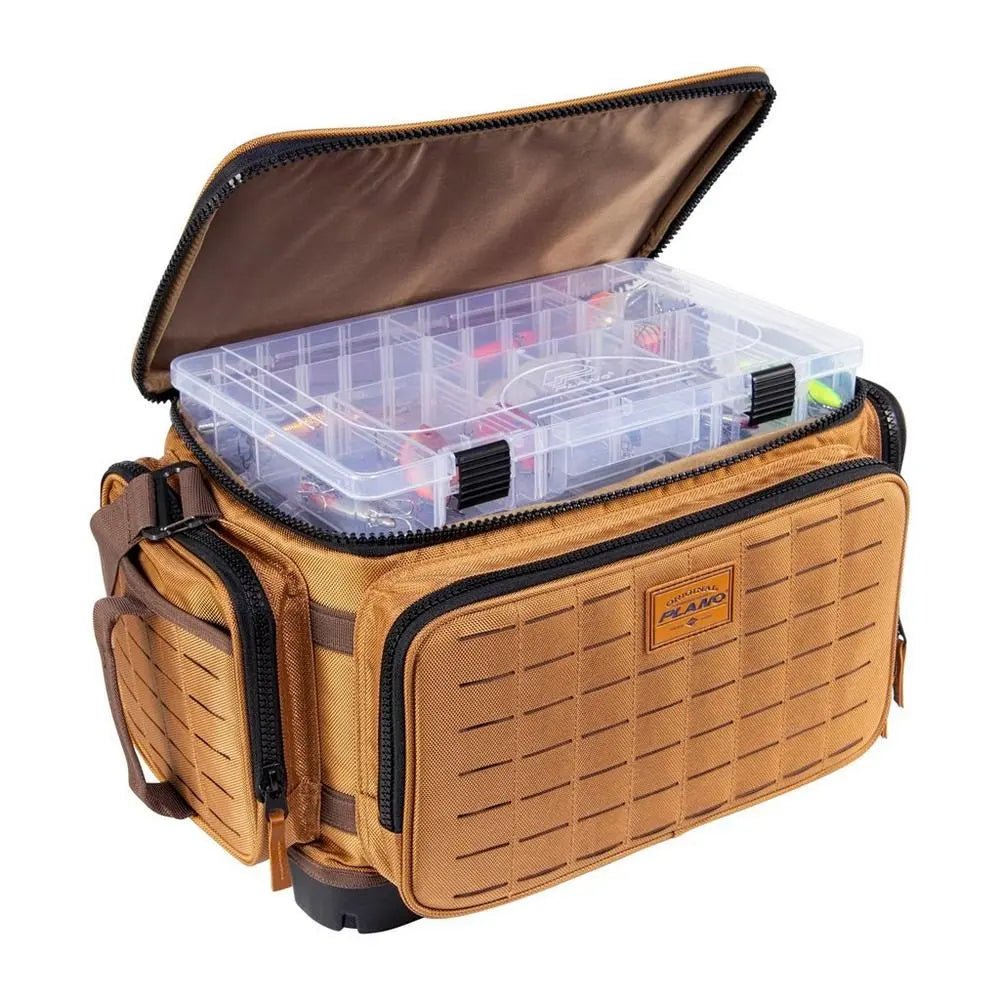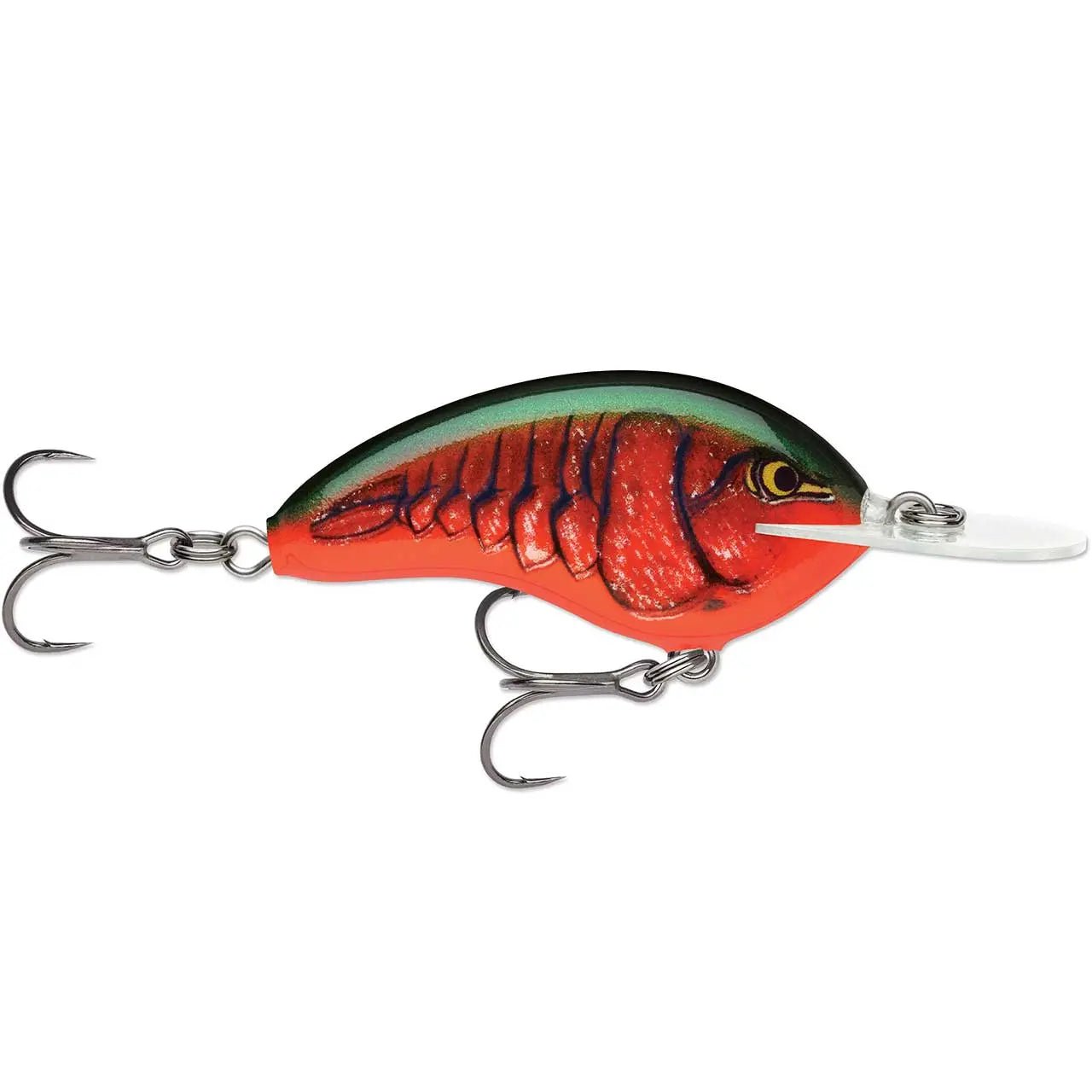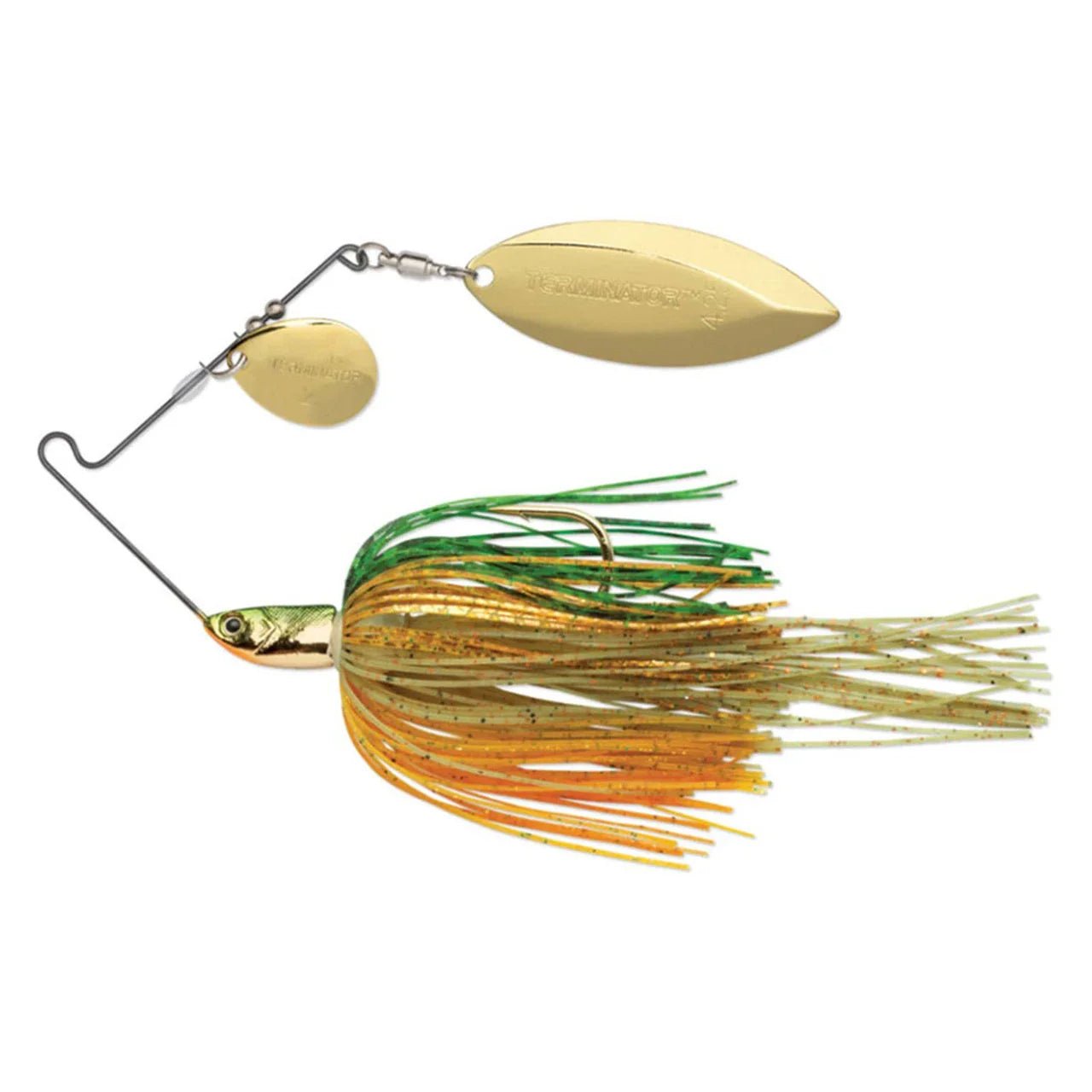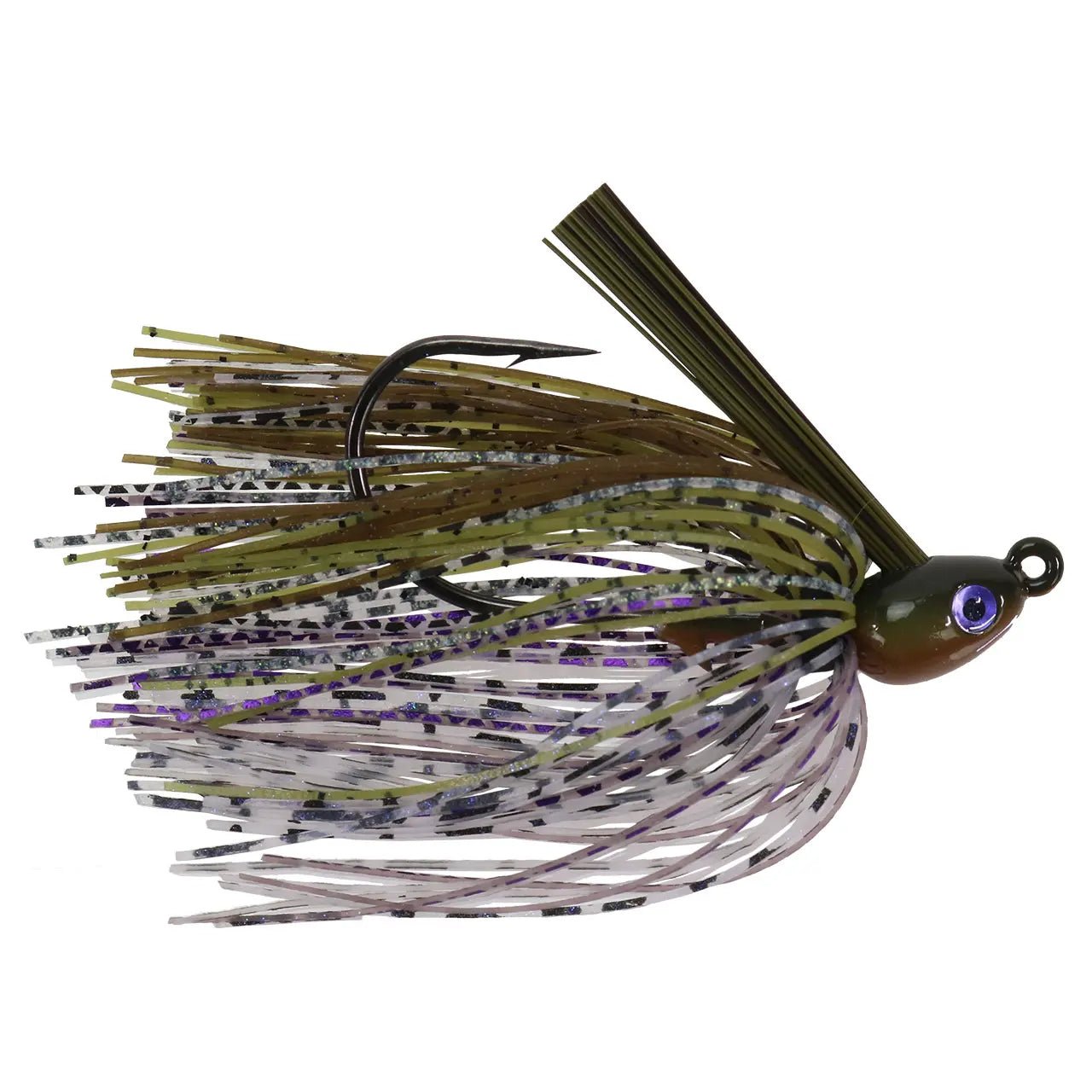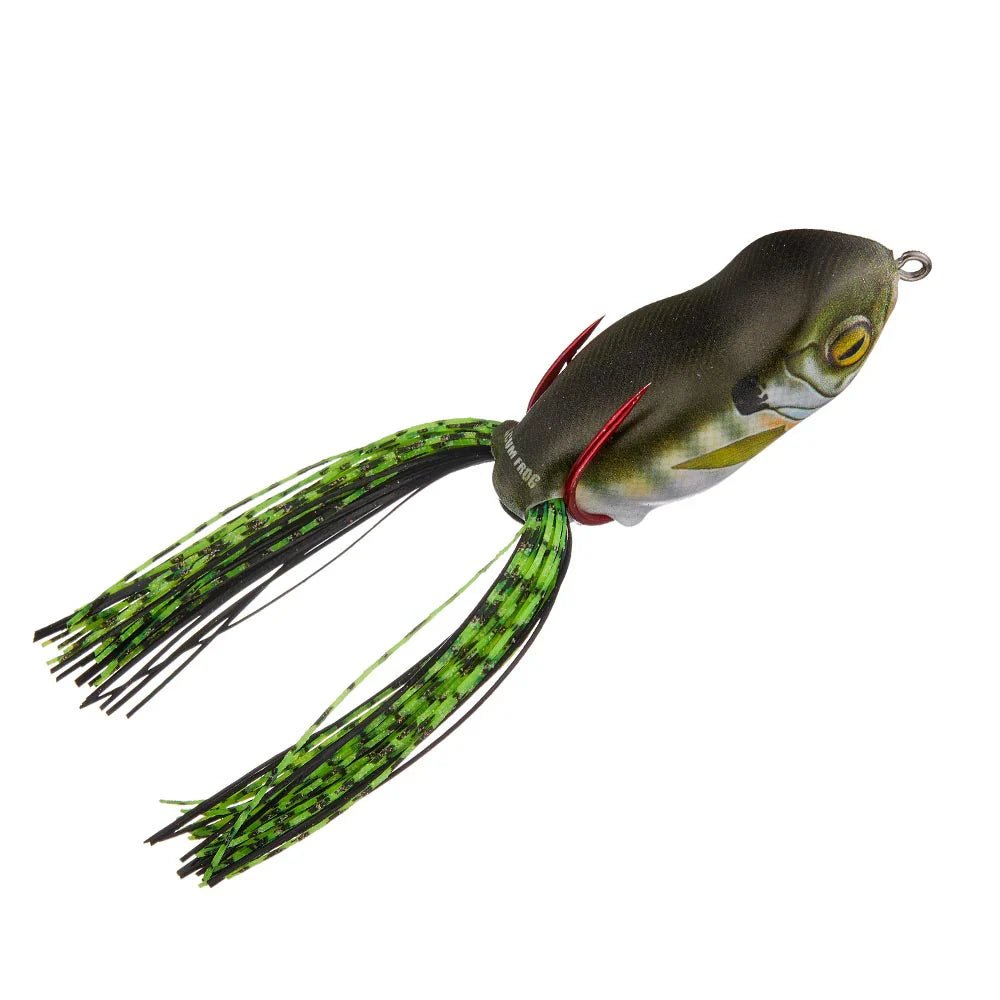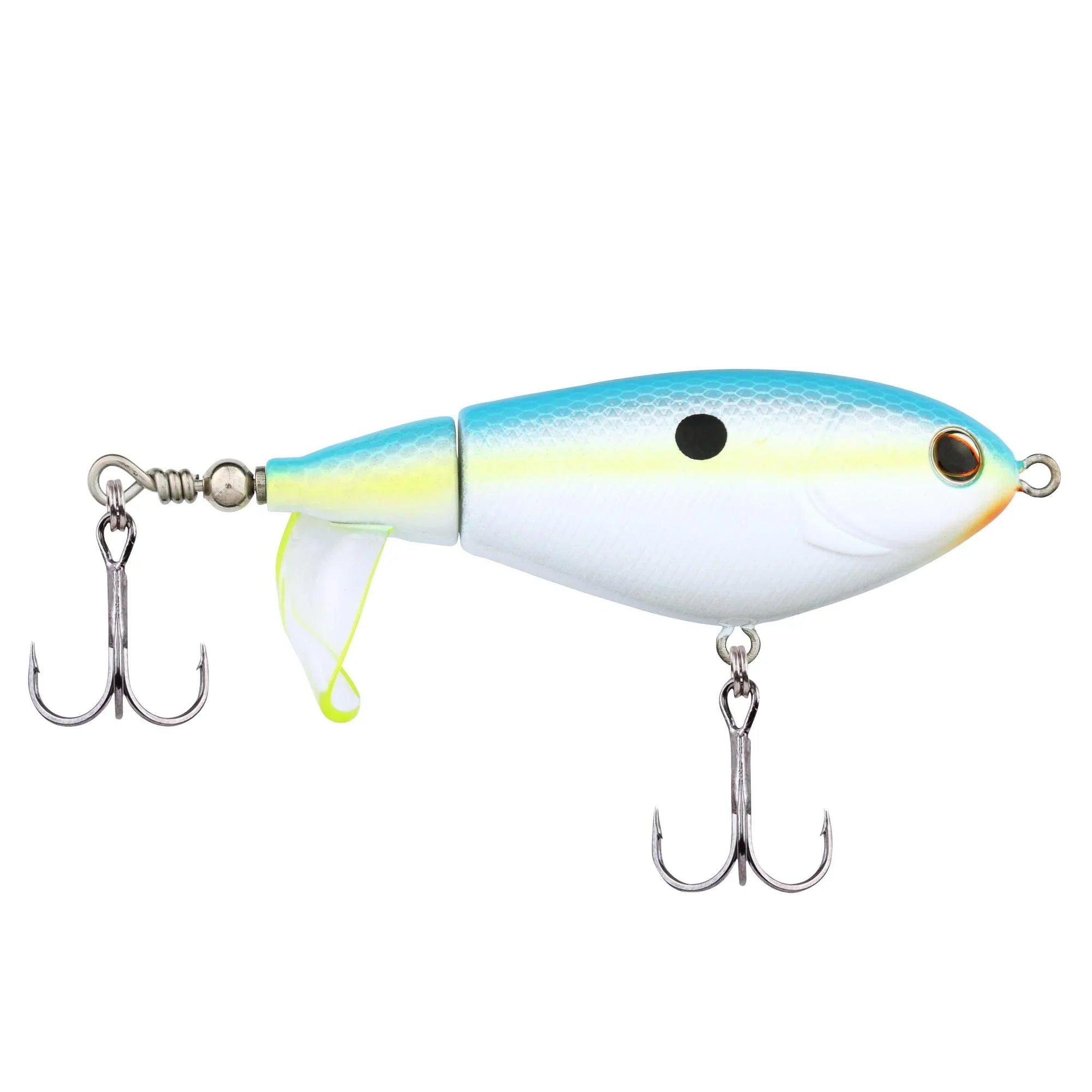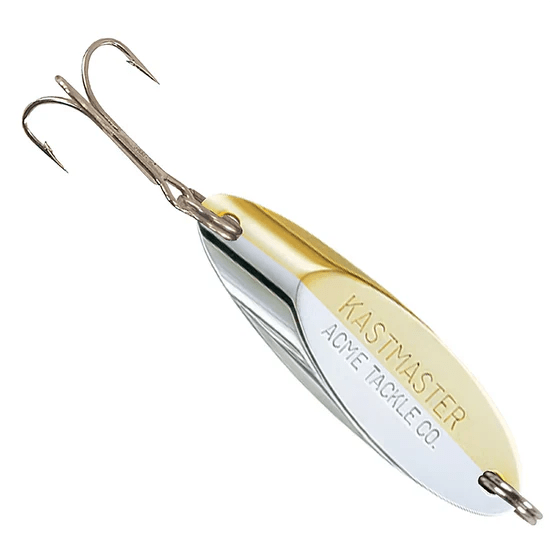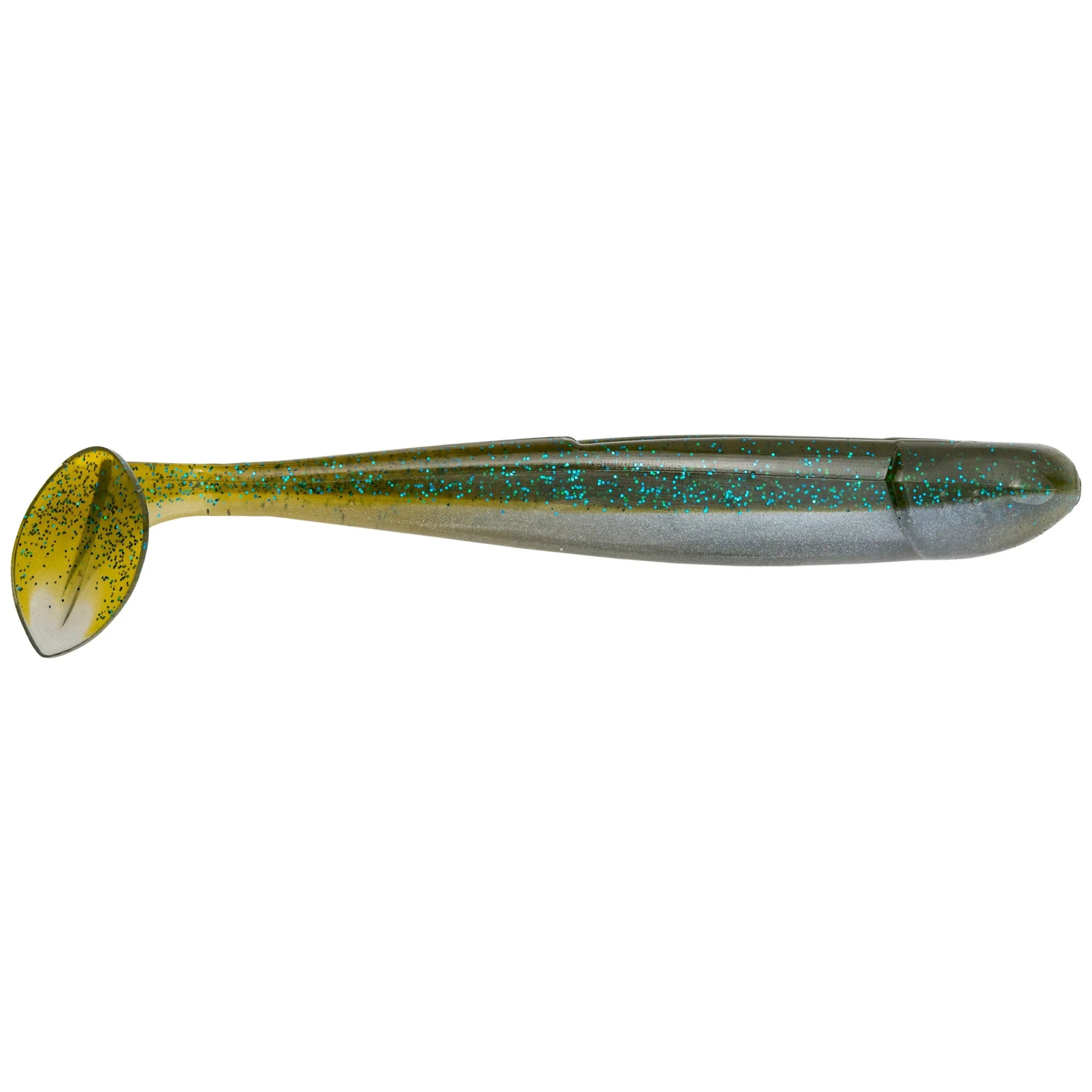As the temperatures start to dip and the leaves turn, fall offers some of the best conditions for kayak fishing. The crowds thin out, and fish are more active, feeding before the winter. But kayaking in colder weather comes with unique challenges. Ensuring you’re equipped with the right safety gear, understanding cold-weather clothing, and knowing essential safety tips can make all the difference in your fall fishing adventures. Here’s your comprehensive guide to staying warm and safe on the water this fall.
1. Always Wear a Life Jacket
When it comes to kayaking safety, wearing a life jacket is non-negotiable, no matter how experienced you are. Studies show that 84% of drowning victims in recreational boating incidents were not wearing a life jacket. Cold water and colder air temperatures increase the risk of hypothermia, making self-rescue challenging. Even strong swimmers may struggle if they fall into cold water, as the initial shock can cause involuntary gasping, increasing the risk of water inhalation.
Life Jacket Tips:
- Choose a life jacket specifically designed for kayaking, as it provides freedom of movement and has pockets for extra gear.
- Bright colors increase visibility, making it easier for others to spot you if you fall into the water.
- Ensure a snug fit without restricting your movement or being too tight.
2. Layer Up with Cold-Weather Clothing
Dressing appropriately can prevent hypothermia and keep you comfortable on the water. The temperature on the water is often several degrees cooler than on land, especially in open waters, where wind can add a chill factor. Layering your clothing properly helps trap warmth while allowing you to regulate your body temperature.
Essential Clothing Layers:
- Base Layer: Start with a moisture-wicking base layer that draws sweat away from your body. Synthetic materials like polyester or wool are excellent choices, as they dry quickly and provide insulation.
- Mid Layer: An insulating layer like fleece or wool traps heat. The mid-layer is crucial for retaining warmth.
- Outer Layer: A waterproof and windproof jacket and pants protect against splashes and rain. Look for gear with breathable membranes like Gore-Tex to keep water out while allowing moisture to escape.
Remember, cotton is not ideal for cold-weather kayaking because it retains moisture and loses insulating properties when wet. Instead, opt for synthetic or wool-based clothing.
3. Bring Essential Gear for Safety and Warmth
The right gear can make a massive difference in a cold-weather emergency. Fall kayak fishing demands that you be ready for unexpected temperature drops, changes in weather, and the possibility of capsizing.
Must-Have Gear for Fall Kayak Fishing:
- Dry Bags: Dry bags protect your clothing, electronics, and emergency items from getting wet. They’re essential for keeping your gear dry if you capsize.
- Emergency Whistle and Flashlight: Visibility can be limited in fall due to shorter daylight hours. A flashlight and whistle can help attract attention if you find yourself in distress.
- First-Aid Kit: Keep a small, waterproof first-aid kit onboard. Include essentials like bandages, antiseptic wipes, pain relievers, and any personal medications.
- Emergency Blanket: Compact emergency blankets are lightweight and provide thermal insulation in case of unexpected immersion or cold weather.
4. Learn the Risks of Cold Water and Prepare for Immersion
The cold shock response occurs within the first minute of immersion in cold water, triggering a gasp reflex that can be fatal if you inhale water. Even if you’re prepared, falling into cold water can reduce your dexterity and swimming ability, increasing the difficulty of self-rescue. Cold water immersion has been linked to over 50% of fatalities in small boat and kayak incidents during colder months.
Preventing Cold Shock and Hypothermia:
- Practice controlled breathing before kayaking to help you calm down if you fall into cold water.
- Try to maintain your core body temperature by keeping your arms and legs close to your body if you cannot get back in your kayak quickly.
- Use a wetsuit or dry suit for added insulation. Wetsuits trap a layer of water against your skin, which your body then warms, while dry suits keep you completely dry and allow for layered insulation.
5. Check Weather and Water Conditions
Unpredictable fall weather means you should always check the forecast before heading out. Wind, rain, and waves can create challenging conditions that are especially dangerous in cold water.
Weather-Related Safety Tips:
- Use reliable weather apps to track the forecast, focusing on wind speeds, precipitation, and any weather alerts.
- If the wind speed is above 10 mph, reconsider your trip, as strong winds can make paddling difficult and create dangerous waves.
- Watch the water temperature closely. Water below 60°F poses an increased risk of hypothermia. Fall water temperatures in lakes and rivers can drop quickly, especially at night.
6. Plan Your Route and Tell Someone
Safety begins onshore with proper planning. One of the best things you can do before any kayaking trip is to plan your route and inform someone on land about your plans. This ensures that someone will know to alert authorities if you don’t return as expected.
Route Planning Tips:
- Choose a route within your skill level and be mindful of currents, tides, or rapid changes in water levels, especially in the fall.
- Check local fishing and kayak forums to see if there are any recent safety alerts or tips for the area you plan to fish.
- Share your route, estimated departure and return times, and emergency contacts with someone you trust.
7. Keep Your Phone in a Waterproof Case with a Float
Phones are essential for navigation and emergency calls, so don’t overlook protecting your device. A waterproof phone case will prevent damage and ensure you can reach help if necessary. Consider attaching a floating keychain to prevent your phone from sinking if dropped overboard.
8. Stay Hydrated and Fuel Your Body
Cold weather can mask thirst and hunger, but staying hydrated and fueled is just as essential in the fall as it is in warmer weather. Dehydration can impair your judgment, increase fatigue, and make it harder to stay warm.
Hydration and Nutrition Tips:
- Bring a thermos with warm, non-caffeinated drinks like herbal tea to stay warm and hydrated.
- Carry high-energy snacks like trail mix, granola bars, or jerky for quick refueling.
- Avoid alcohol or caffeine, which can increase dehydration and impair body heat regulation.
9. Practice Cold-Water Rescue Techniques
Self-rescue is a valuable skill in kayak fishing, especially in fall when water temperatures are lower and hypothermia is a risk. Familiarize yourself with re-entry techniques and consider taking a cold-water rescue class if you plan to kayak in chilly conditions regularly.
Self-Rescue Tips:
- Practice re-entering your kayak in shallow water with assistance before heading into deep waters.
- Use a paddle float for added buoyancy, which makes it easier to get back on board.
- If fishing with a partner, learn how to perform assisted rescues.
Conclusion
Kayak fishing in the fall can be rewarding, offering solitude, stunning scenery, and active fish. However, safety should always be the top priority. By following these tips and preparing with the right clothing, gear, and techniques, you can enjoy your time on the water safely. Always remember: fall conditions demand respect and readiness. A little extra preparation goes a long way in ensuring you return to shore with great memories—and a good catch—rather than an emergency.
So, bundle up, be smart about your gear, and let the crisp autumn air invigorate your kayaking adventure.





